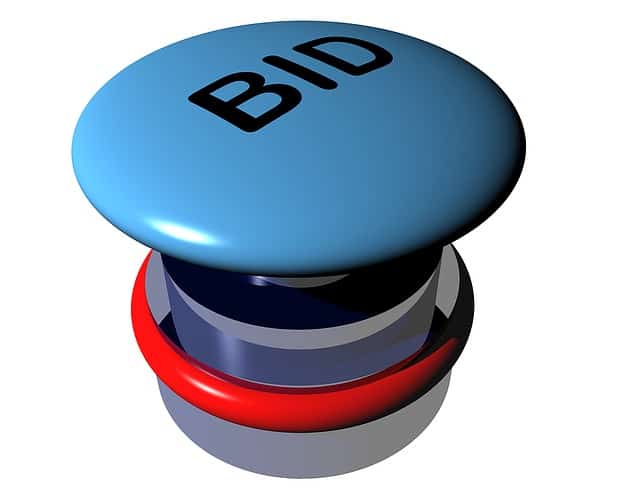How to get the best prices buying and selling stocks – Bid Price and Ask Price
Imagine you’re at a flea market. You head over to one of the stands and see a baseball card that you want. And even though you really want it, you won’t pay just anything for it. Instead, you want the best (lowest) price for it. Because it’s a market, you’re able to negotiate for it.
The seller sets his price at $30. That’s his ask price.
You are willing to pay $20 for the card. That your bid price.
You can choose to to raise your bid, wait for the seller to drop his ask or go find another seller. This is exactly how bid and ask work on the stock market. Except there are millions of traders buying and selling thousands of different stocks every day.
At its core “bid” is the highest price someone is willing to pay to buy a stock. “Ask” is the lowest price someone is willing to sell their stock for.
But first.. the “last price”
Before we dive into the bid and the ask, we should explain the “last price”. When you hear someone say that Apple is trading at $400, it doesn’t mean that you could buy apple for that price. What that price actually refers to is the last price that it was traded at. There is no actual current price – that’s what the bid and the ask are for.
The Bid and the ask
There are always two prices to any trade:
- The bid: the price that someone is willing to pay for a share
- The ask: the price that someone is willing to sell their share for.
The stock market has bid and ask prices for each and every stock. You can find this on the stock quote page on WallStreetSurvivor.com. (NOTE: you have to be logged into your account to view stock quotes)
The Bid Price
The bid is the price someone is willing pay for a share of Google.
Check out Google’s quote. If you owned Google’s stock and wanted to sell it you’d want to know what someone would be willing to pay for it. Easy. Look at the bid price. The highest that someone would be willing to buy Google is $581.25. So if you decided to sell your stock, you’d be able to sell it for $581.25.
Practice by: selling one of the stocks in your portfolio. Mark down the bid price from the quote page, and check out what price your sell order is filled at.
The Ask Price
The ask is the price someone is willing to sell a share of Google for.
Now if you wanted to buy some shares of Google, you’d want to know how much someone would be willing to sell it for, right? So have a look at the ask price. The lowest someone is willing to sell Google for is $581.51. So if you wanted to buy Google right now, you could buy it for that price.
Practice by: buying 10 shares of Google on WallStreetSurvivor.com. Remember, don’t look at the last price, look at the ask.
How Do I Get up to $1,700 in FREE STOCK with Robinhood?
To open a Robinhood account, all you need is your name, address, and email. To get your free stock you will need to fund your account with at least $10 within a few days of opening so you will also need your bank account routing and account number.
As its current promotion, Robinhood will immediately give you FREE MONEY (between $5 and $200) to invest in a set list of stocks when you open a new account. You will be given your unique referral link. You will receive more free money (again valued at $5 to $200) for each person you refer. The more people you refer, the more you get up to a max of $1,500 a year. To learn more, visit Robinhood's free stock promo page below.

Why do they give away so much free stock? Because they spend their advertising dollars this way instead of buying TV, radio, print, or online ads! They WANT you to refer friends!
